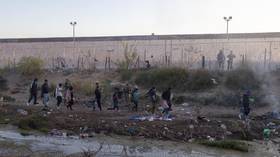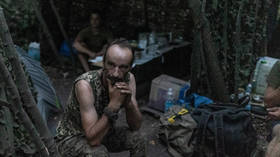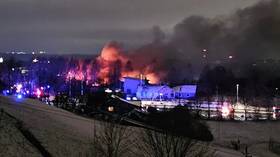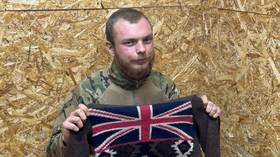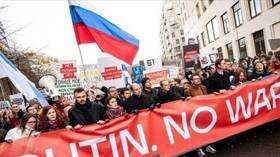Local deaths sway war opinions
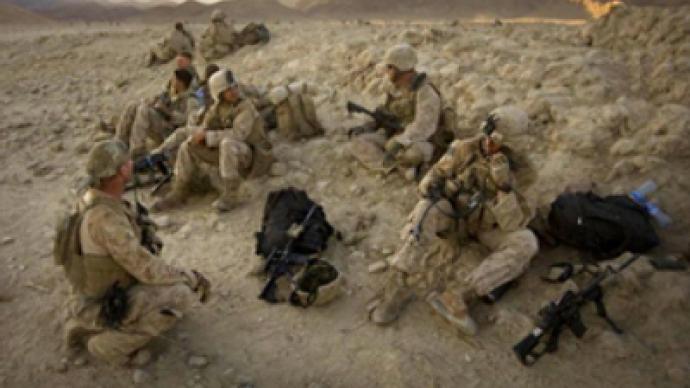
Public disapproval of war is influenced more by local reports of local casualties, with modern news formats shortening the impact timeframe of casualty reports, according to a new study.
In nationwide research sociologists studied how support for withdrawal of US troops from Iraq changed as reports of soldiers’ deaths mounted.
The study, which will be published in the upcoming issue of the journal Mass Communication and Society, took into account two factors usually not taken into account: local deaths and the impact timeframe.
Researchers matched results of surveys of 30,000 Americans, which were undertaken between October 2003 and January 2007, with reports of soldiers’ deaths in Iraq announced by the Department of Defense.
Their conclusion was that public opinion swung in favor of withdrawal from Iraq where casualties from the respondent’s home state had been announced within the previous three weeks. Associate professor of communication at Ohio State University, and co-author of the study, Andrew Hayes, says that leads to local media being a bigger player in sentiment about the war.
"If you want to gauge public opinion about the war, look at local coverage about the deaths of local soldiers – that seems to be driving opinion more than what's on national news."
The shift of public opinion was as big as 4%, which may not seem that large, but the effect is probably cumulative. Hayes says that while the team didn’t study actual news coverage, a linkage with the results is logical.
"Local news outlets are going to give more in-depth, emotionally charged coverage for casualties from their area. Local news reports are going to talk about the schools the soldiers attended, they may talk about friends and family, and the coverage is going to have more of an emotional impact that could influence people's views on the war."
Another interesting conclusion from the study is that the impact timeframe of death reports has shortened over decades. The last time such studies were done en mass was during the Vietnam era, and they focused on 120 days as the window of greatest impact of war losses on people’s attitude to war. Today’s 24/7 news coverage and the speed of communication have shrunk this window.
"Events that happened in the past few weeks are what you're going to remember when you're participating in a survey," Hayes said. "Deaths that happened two months ago won't be on your mind. We learn about battlefield deaths much more quickly today than we did during the Vietnam era."





